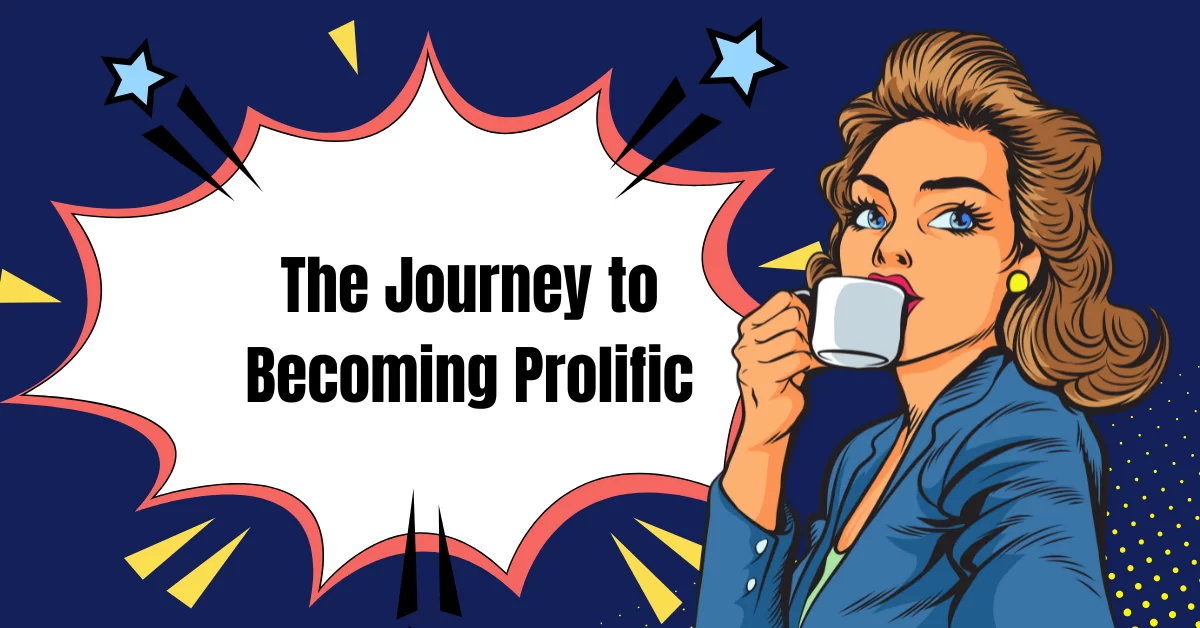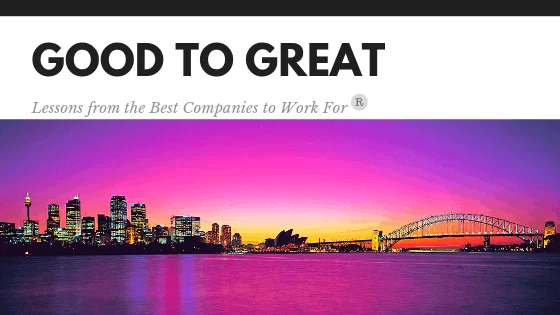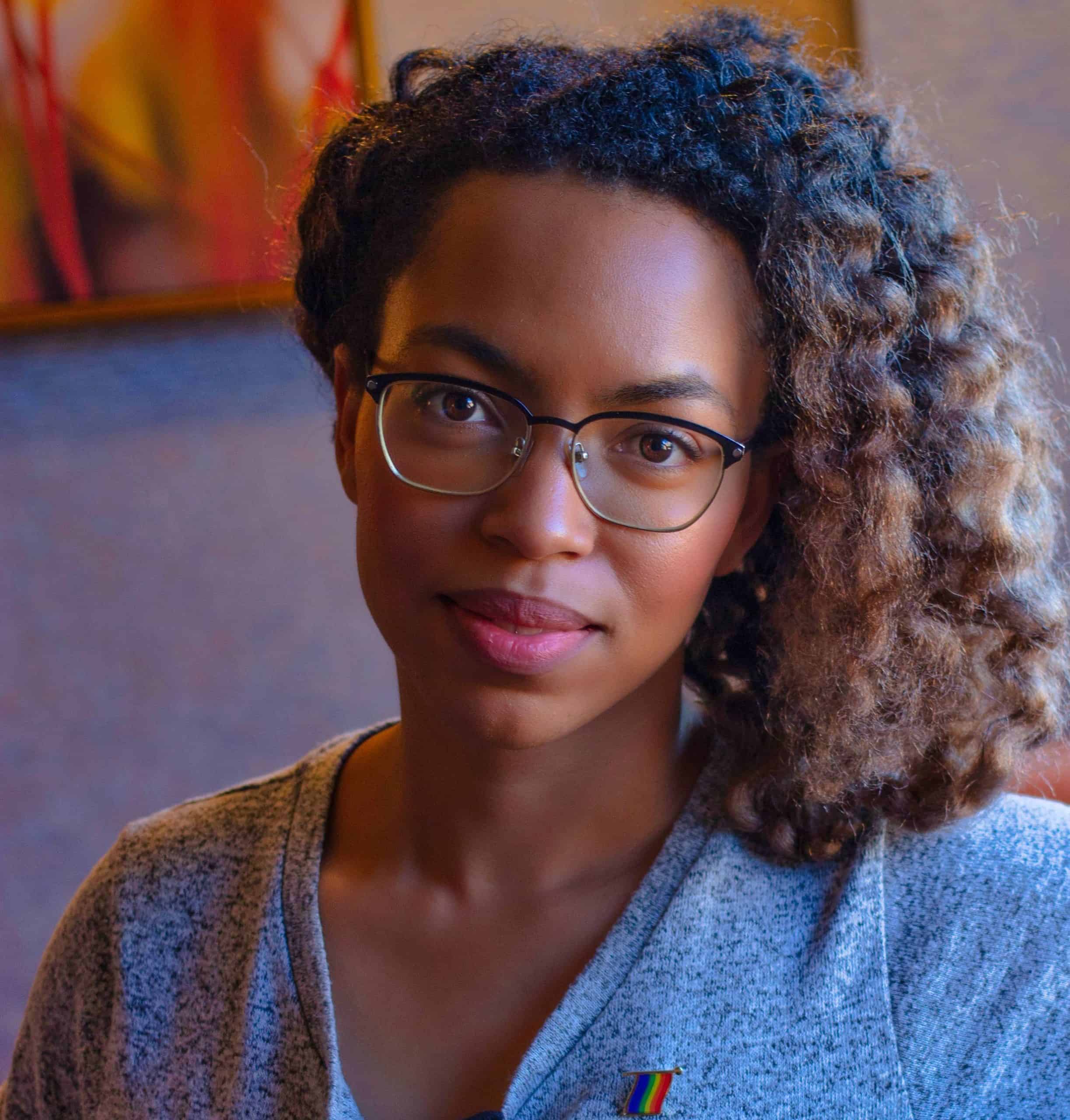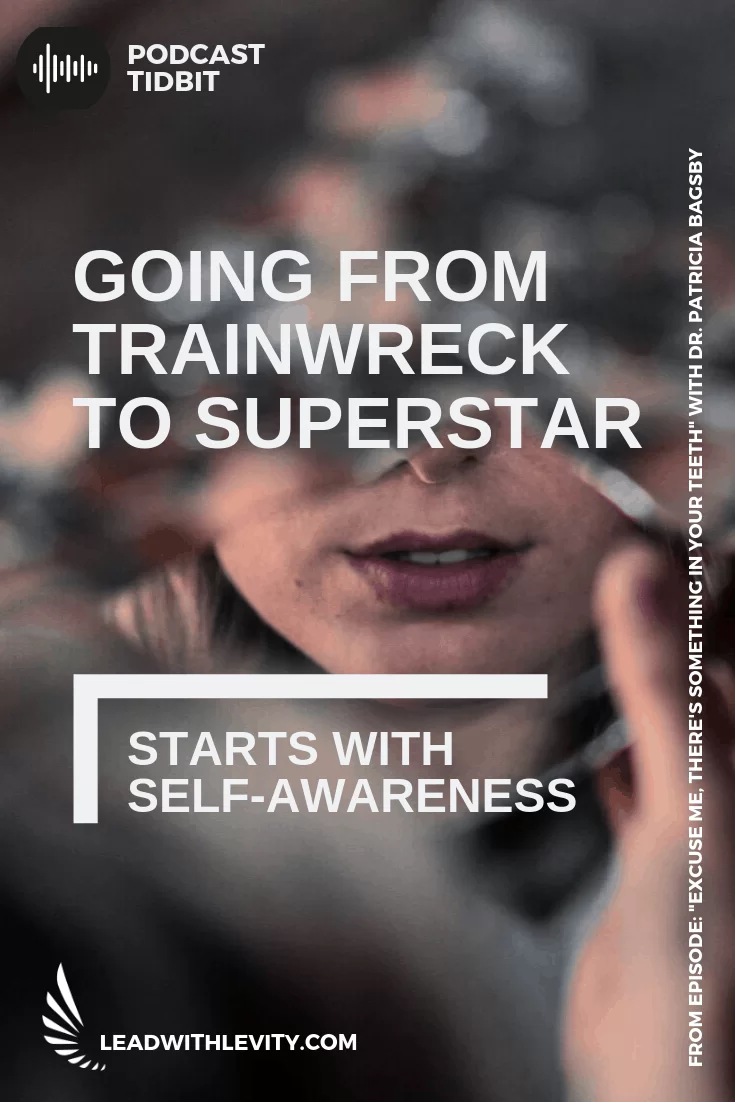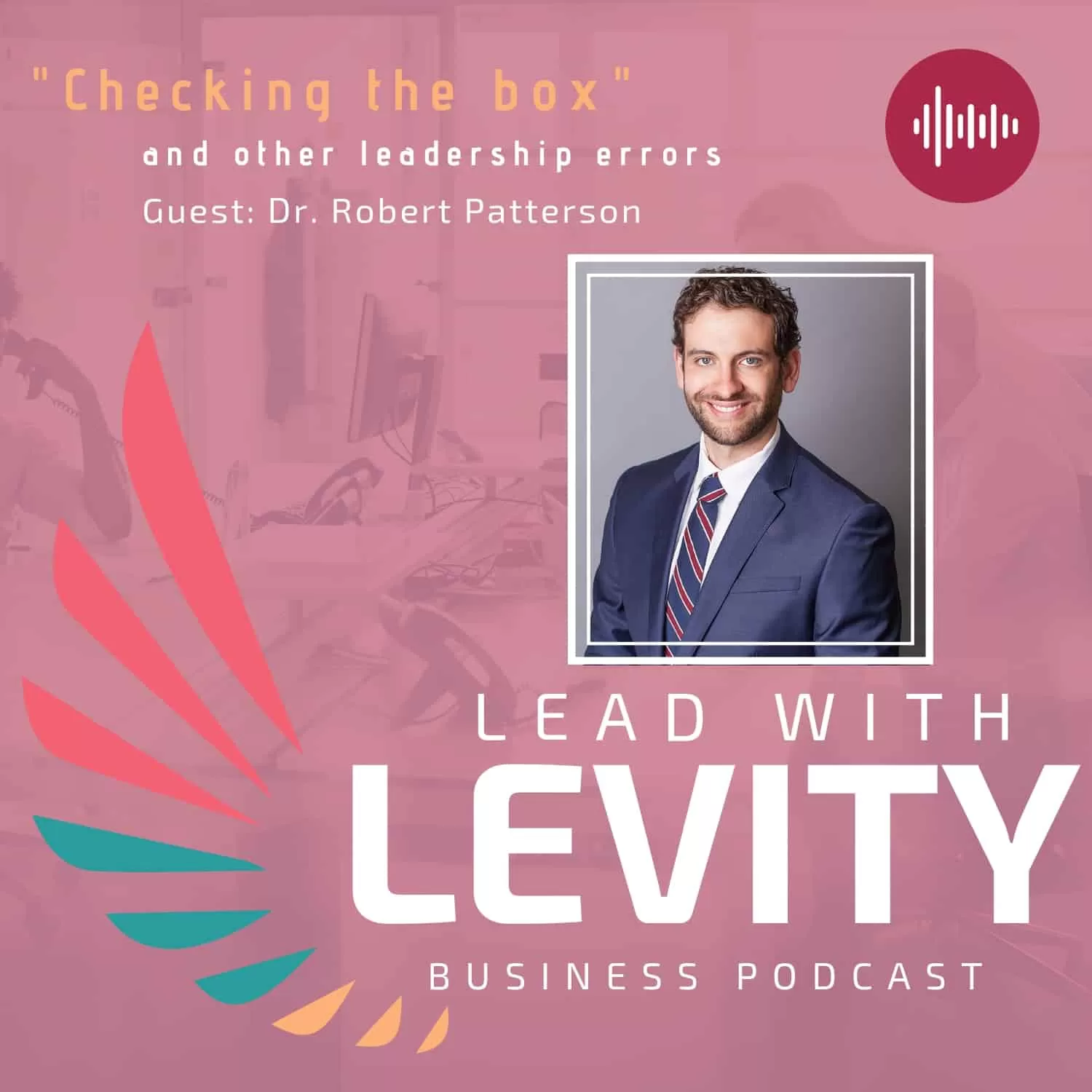In this episode, Dr. Heather Walker delves into the fascinating world of facilitation with Dr. Myriam Hadnes—a behavioral economist and self-proclaimed facilitation evangelist. This conversation uncovers the essence of facilitation, its impact in various environments, and practical strategies to enhance group interactions. If you’re a leader, project manager, or simply someone interested in understanding the dynamics of group facilitation, read on as we pull back the curtain on this ‘Wizard of Oz’ of workplace skills.
Facilitation: More Than Just a Buzzword
Facilitation is often considered a magical ability, but Dr. Hadnes demystifies it by emphasizing its practical nature. Drawing parallels with Dorothy’s discovery in the Wizard of Oz, she illustrates how facilitation involves finding the mechanisms behind seamless group interactions rather than relying on enigmatic powers. It’s about understanding group dynamics, effective communication, and creating a conducive environment for ideas to flow and be synthesized.

The Core Skills of Facilitation
Facilitation requires a strategic blend of skills:
– Sensitivity to group dynamics
– Communication proficiency
– Idea synthesis
– Behavioral observation and response
Dr. Walker shares her own experiences with facilitation, debunking the myth that effective facilitation is a natural-born talent. Instead, she emphasizes that it is a skill honed through practice and critical reflection.
Facilitation in the Workplace
Facilitation is not limited to designated roles; it’s a daily practice for many, even without their realizing it. From team leaders fostering collaborative atmospheres to project managers synchronizing team efforts, facilitation is integral. Dr. Hadnes explains that facilitation skills overlap significantly with leadership skills, like asking insightful questions, active listening, and encouraging participation from quieter team members.
Creating Psychological Safety
A key takeaway from the discussion is the importance of psychological safety in facilitation. Originating from Amy Edmondson’s research, psychological safety is shown to distinguish high-performing teams from mediocre ones. Facilitators must cultivate environments where team members feel safe to share, question, and challenge without fear of retribution. This safety promotes authenticity, vulnerability, and ultimately, better communication and collaboration.
Practical Applications of Facilitation
Dr. Hadnes provides practical examples of facilitation, from organizing effective meetings to hosting inclusive dinners. She underscores the significance of preparation—establishing a clear agenda, ensuring relevant participation, and creating an engaging atmosphere. A memorable example includes a dinner party where guests wore T-shirts telling personal stories, fostering deeper connections beyond superficial small talk.
Challenges in Facilitation
Not all facilitation scenarios are straightforward. Dr. Hadnes acknowledges that dealing with opinionated or dominant individuals can be challenging. The solution lies in setting clear roles and expectations, gaining permission to guide the conversation, and ensuring equal participation. She underlines that clear communication is paramount and that repetition is often necessary to ensure understanding and engagement.
Facilitation Techniques for Remote Teams
The shift to remote work has added layers to facilitation, making it essential to foster connections in virtual settings. Dr. Hadnes suggests tactics like breakout rooms for smaller discussions and using chat functions to encourage participation. These strategies help lower the barriers to engagement and ensure that every voice is heard and respected.
The Journey to Becoming a Facilitator
Dr. Hadnes’s personal journey into facilitation was indirect—the realization of her facilitative role came much later. Her background in academia and her experiences with organizational change positioned her uniquely to embrace and advocate for facilitation. Her story resonates with many who find themselves facilitating without initially identifying as a facilitator.
Balancing Content and Conversation
A crucial balance in facilitation is managing the interplay between content delivery and engaging conversations. Dr. Hadnes advocates for involving the group in problem-solving and experiential learning, helping participants connect content to their own experiences. This approach not only enhances retention but also makes learning more relevant and effective.
Case Study: Transforming Sarah’s Leadership
A case study in facilitation involves Sarah, a manager in a manufacturing plant who struggles with workplace dynamics. Dr. Hadnes advises beginning with empathy, emphasizing the importance of sharing burdens and encouraging team ownership. Effective meeting management and fostering open communication are key strategies to transforming Sarah’s leadership style.
Bringing Fun into Facilitation
Fun in facilitation doesn’t mean frivolity but rather a sense of lightness and creativity. Creating an environment where people feel safe to express themselves and engage authentically brings an element of enjoyment and surprise. Dr. Hadnes highlights that shared moments of humanity and simple, engaging activities can make facilitation enjoyable for everyone involved.

Conclusion
Facilitation is a powerful tool in fostering effective communication, collaboration, and psychological safety within teams. Dr. Myriam Hadnes’s insights provide a valuable blueprint for anyone looking to enhance their facilitation skills, whether in the workplace, academic settings, or personal gatherings. As we embrace the nuanced art and science of facilitation, we open doors to more meaningful, productive, and enjoyable interactions.
For those interested in diving deeper into facilitation, Dr. Hadnes’s community “Never Done Before” offers a platform to explore and experiment with facilitation techniques. Her collective book project, “A Simple Guide on How to Save the World through Facilitation,” promises further insights into applying these skills for broader impact.
Explore Further with Dr. Myriam Hadnes
To learn more about Dr. Myriam Hadnes and her work, visit her LinkedIn profile and stay tuned for her upcoming projects and community initiatives.
—
Thank you for joining us in this insightful exploration of facilitation. Embrace the skills, take risks, and transform your group interactions today!

Facilitation Evangelist: “An expert in the field of facilitation who actively promotes its importance and benefits. This person is passionate about the power of effective group collaboration and aims to spread the word, advocating for the adopting of facilitation techniques in various settings. An evangelist often uses multiple platforms to reach a wider audience and impact change.”
And this is what Facilitation means to me:
Facilitation combines the art and craft of making group collaboration easy. It’s more than hosting workshops. It’s more than a leadership skill. It’s a way of life that we all practice in different ways when we host an engaging business meeting or gather friends for dinner.
Have you ever felt overlooked in a crowd or felt a sense of disconnection as part of a group?
That’s when the art of facilitation was missing.
If more people master the skill of facilitation, we can make significant changes in the world. Therefore, I am building an ecosystem for facilitators to leverage the impact of their work.
🔮 My WHY
Bringing people together for new ways of being and doing to emerge.
🚀 My HOW
Cultivating the NeverDoneBefore Community as a skill-building ecosystem for facilitators: https://neverdonebefore.org
Creating customised facilitation training for teams and organisations.
Offering 1-1 coaching and mentoring support.
Offering agency services to connect master facilitators with organisations https://workshops.work

